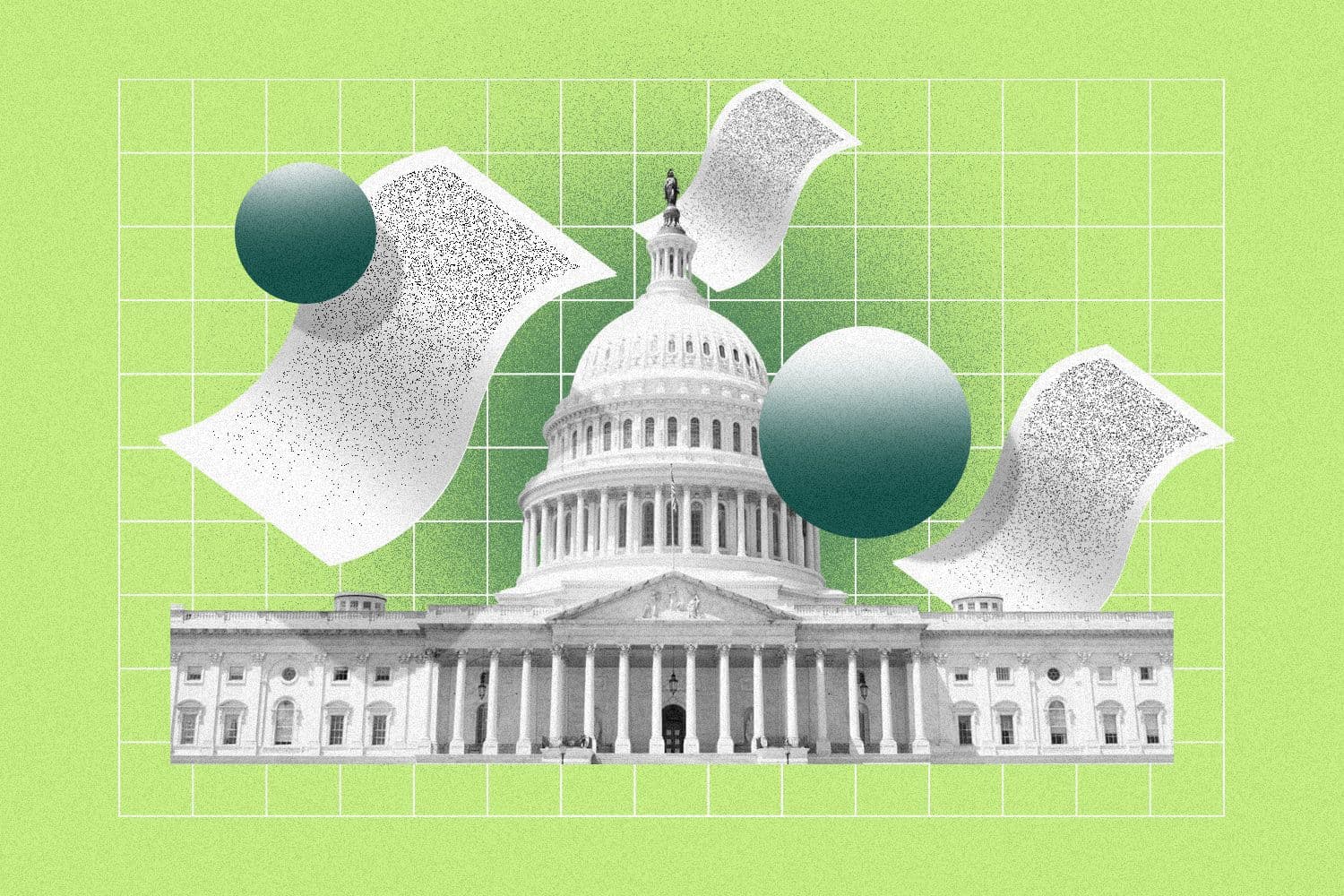Legislative lowdown: Independent contractor rule takes effect
The rule takes aim at worker misclassification, and is expected to make it more difficult for companies to categorize workers as independent contractors, rather than employees.

Francis Scialabba
• less than 3 min read
Courtney Vinopal is a senior reporter for HR Brew covering total rewards and compliance.
The future of the National Labor Relations Board’s joint-employer rule is up in the air after a federal judge in Texas vacated it on March 9. But a separate Department of Labor (DOL) regulation that dictates how employers should determine if their employees qualify as independent contractors did take effect on March 11.
Now in effect: independent contractor rule. The DOL rule restores a “multifactor economic reality test” for determining if an employee is an independent contractor, HR Brew previously reported. Businesses must take into account a number of factors when analyzing an employer-employee relationship, including “opportunity for profit or loss,” and the degree of control an employer has over the work. No one factor should take precedence over another.
The new policy rescinds a previous rule that was instituted under President Donald Trump in 2021. It could result in millions of gig workers being reclassified as full-time employees, the Washington Post reported. Like the joint-employer rule, this DOL policy also faced legal challenges from business groups.
Acting Labor Secretary Julie Su told HR Brew about the issue of worker misclassification when we asked her about the rule on March 9. She argued misclassifying workers as independent contractors undermines their access to minimum wage, overtime, unemployment insurance, and the right to organize.
Su added her office was “hopeful that the careful work we did on the rule…makes it strong.” She added the policy is intended “to preserve legitimate independent contracting, which is an important part of our economy, but also stop the practice of misclassification, which is hurting working people and hurting employers who play by the rules.”
Quick-to-read HR news & insights
From recruiting and retention to company culture and the latest in HR tech, HR Brew delivers up-to-date industry news and tips to help HR pros stay nimble in today’s fast-changing business environment.
Quick-to-read HR news & insights
From recruiting and retention to company culture and the latest in HR tech, HR Brew delivers up-to-date industry news and tips to help HR pros stay nimble in today’s fast-changing business environment.